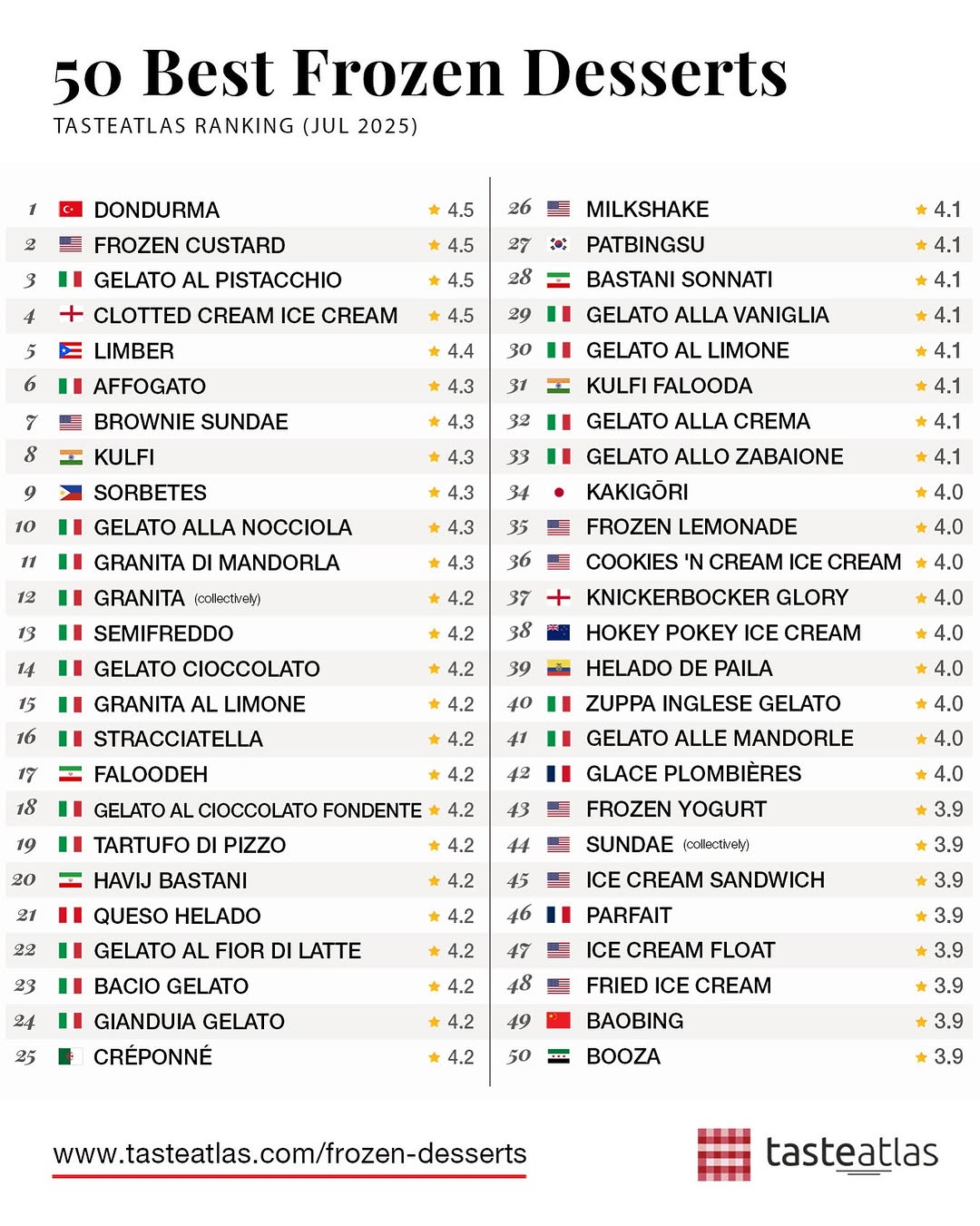📣 For more lifestyle news, click here to join our WhatsApp Channel and also follow us on Instagram
Kulfi ranks #8 in TasteAtlas’ list of 50 best frozen desserts in the world; all about its fascinating history
Unlike Western ice cream, kulfi is not churned, resulting in a dense, creamy texture that melts slowly on the palate. Over centuries, this regal dessert has evolved across regions, incorporating local ingredients.
 Kulfi traces its origins to the Mughal era (Source: Freepik)
Kulfi traces its origins to the Mughal era (Source: Freepik)TasteAtlas has released its list of the 50 best frozen desserts in the world. At number eight is our beloved Indian dessert, kulfi. While much of the world grew up on gelatos and frozen yoghurts, Indian kids were raised on matkas of thickened milk, generously topped with dry fruits.
For the next installment of our ongoing series Bites of History, where we delve deeper into the origins of India’s culinary delicacies, indianexpress.com found out about its fascinating history and origins.
Celebrity chef Ananya Banerjee told us that the name kulfi, derived from the Persian word qulfi, means “covered cup,” referencing the cones it is formed in. In today’s day and age, kulfi is eaten out of matkas, cones, bowls, and even on leaves. The range of flavours, too, has expanded –– mango, pista-badam, malai (cream), chocolate, and rose are simply the tip of the iceberg.
Tracing its origins
Executive Chef Tamoghna Chakraborty of DoubleTree by Hilton, Whitefield, Bengaluru, shared that kulfi dates back to the Mughal era in the 16th century. “Royal kitchens would freeze a rich mixture of thickened milk, nuts and saffron in metal cones, which were then immersed in ice brought down from the Himalayas, an early version of cold storage,” he said.
Unlike Western ice cream, kulfi is not churned, resulting in a dense, creamy texture that melts slowly on the palate. Over centuries, this regal dessert has evolved across regions, incorporating local ingredients like mango, rose, cardamom, and pistachio.
 TasteAtlas’ ranked kulfi 8th on the list of best frozen desserts. (Source: Instagram/@tasteatlas)
TasteAtlas’ ranked kulfi 8th on the list of best frozen desserts. (Source: Instagram/@tasteatlas)
Banerjee also said that ice from the Himalayas was stored in deep wells by the royal bawarchikhanas (kitchens) and used to chill dishes like kulfi. “What makes kulfi so special is its intense, milky flavour and dense texture. It’s not aerated like modern ice creams, so it tastes far richer and more satisfying. It’s also deeply nostalgic—reminding many of childhood summers, roadside kulfiwalas, and festive family gatherings,” she said. Another plus: it’s naturally eggless, making it a favourite among vegetarians.
Preparation process
Traditional kulfi is made by slowly reducing full-fat milk until it thickens and caramelizes slightly. Sugar is added, along with flavours like cardamom (elaichi), saffron (kesar), rosewater or kewra, crushed nuts (almonds, pistachios).
“This mixture is poured into kulhads (clay cups) or metal molds, sealed, and then frozen, often using the salt-ice method in rural areas or with modern refrigeration. Modern versions sometimes use condensed milk and cream for convenience but compromise on the authenticity and texture,” said Banerjee.
Other variations available are malai kulfi (classic), kesar pista kulfi, mango kulfi, falooda kulfi (served with vermicelli and rose syrup), matka kulfi (served in clay pots).
📣 For more lifestyle news, click here to join our WhatsApp Channel and also follow us on Instagram



- 01
- 02
- 03
- 04
- 05
























